Over the years I’ve had some changes in what I believed in. I googled blending on this blog and it seems like last time I talked about it extensively was some (many) years ago. It’s probably time to update that view. I think I was wrong.
Traditionally, and still very much practiced today, is the art of blending tea. Why do tea sellers blend tea? It’s simple – to control for quality and cost. The first thing one needs to remember is that the kind of people who would come back to this URL and read this blog constitute an exceedingly small minority of the tea market. The vast majority of tea drinkers have no interests in the topics raised here, and do not care for such things such as which village a tea was harvested in or what season it came from. They just want the medium grade TGY or Assam from their local shop, go home, brew it like they always do, and have the same taste that they have come to expect. Blending is for that, which is the vast, vast majority of the market.
It’s also for businesses. If you’re a tea seller, and your supplier from the tea factory keeps sending you stuff that vary sufficiently in quality that you can’t be sure it will be the same, then how are you going to do business? How do you supply the restaurants, the regulars, etc? You can’t. It is the job of the producer/wholesaler to make sure they have a steady supply of the same tea, day in, day out. So, blends.
For teas like oolong, the process of blending also comes in additionally with the process of roasting, which levels the tea into a uniform taste, and also helps preserve it for the journey ahead for export. But even things like green teas are blended, for the most part. Japanese sencha, for example, are rarely single origin. They’re blends of different kinds, sold at levels that the shop deems appropriate – with fancy names for easy identification, but the names tell you nothing about where the leaves are from or what season it is from, other than when they advertise it as shincha, or new tea. Look at Ippodo for example – a bunch of cute names that are really just “top grade” “medium grade” etc in disguise. That’s how teashops used to, and still mostly, operate.
The internet, for the most part, changed that, along with changes in the structure of the market. Farmers now have the ability to sell direct to consumers, although depending on local regulations and conditions, that may or may not be doable. Japanese tea farmers, for example, still overwhelmingly only grow tea, and the processing/production is done by someone else who then sells the teas. Taiwan is a free for all where everything is possible, from big operators to tiny farm-to-market sellers, and China is similar. There’s precious little direct to market stuff from places like Thailand and Vietnam, where the tea is mostly for commercial use. South Asia I’m less familiar with, but with big estates I think they’re not really comparable anyway to the smallholding farmers you see in East Asia.
The direct-to-market sellers can cater to the crowd who read this blog – people who don’t mind, and might even celebrate, variety in their supply. All of a sudden, drinking TGY that taste wildly different year to year is not a problem, it’s actually a benefit. Sellers can tell you that this year, because of less rainfall, the teas grew slower but are therefore more concentrated in taste, but production volume is lower so prices have to go up etc etc. For the most part, the buyers have no real way to verify that information – you just have to trust the seller. It does taste different, sure, but is it better than last year? Well, you still have some tea from last year, but it tastes kinda similar, maybe a bit different, but that’s probably because it’s now a year old tea, right? RIGHT?
Let’s be honest for a second – unless you’re in the business and are tasting hundreds of teas a month from the same genre, over a number of years, chances are your ability to distinguish this level of difference is not high. When presented with teas that are from the same general region, using the same leaves and produced roughly the same way, telling which one is better and which one is worse is skilled work. I can usually tell apart stuff that are from different altitudes, etc, but if they’re similar, it’s not that easy.
Which, again, is where blending comes in – maintaining stability of product – because it is a product. It is only for the select few of us who spend too much time thinking about tea where seasons, locations, etc matter. It’s like single barrel whisky – most whisky drinkers are happy drinking factory bottlings at 43% abv, blended to maintain stability so that the Lagavulin 16 you buy now tastes roughly the same as it did ten years ago when you celebrated your graduation with a bottle. But aficionados seek out the new, the exotic, the variety – it does not, however, make the product better.
One recent way to explain blending I heard from an experienced tea man here in Taiwan makes sense to me – let’s say there are ten points to a tea, one for each aspect (body, smell, smoothness, and so on). If on aspect is bad, you take off a point, because it’s really obvious when it happens. But, if you blend ten teas together, and they each have one point off but all for different reasons, then while your tea’s total score might still just be 9/10 if you add them all up, you no longer have that one big obvious flaw that everyone can taste – instead of 0 points for one aspect and full point for everything else, each aspect is now at 0.9. For the average consumer, that change is no longer obvious because you no longer have one glaring flaw, so overall, your tea is better as a result.
It might seem pedantic, but there’s a reason why blends exist – and why traditionally shops have blended teas for generations. Many older shops still do that. In the hands of a skilled blender, they will be able to combine a number of less-than-great teas and make something great at a reasonable cost. Just because something is directly from a farm does not automatically make it better, at least when we are talking about tea.

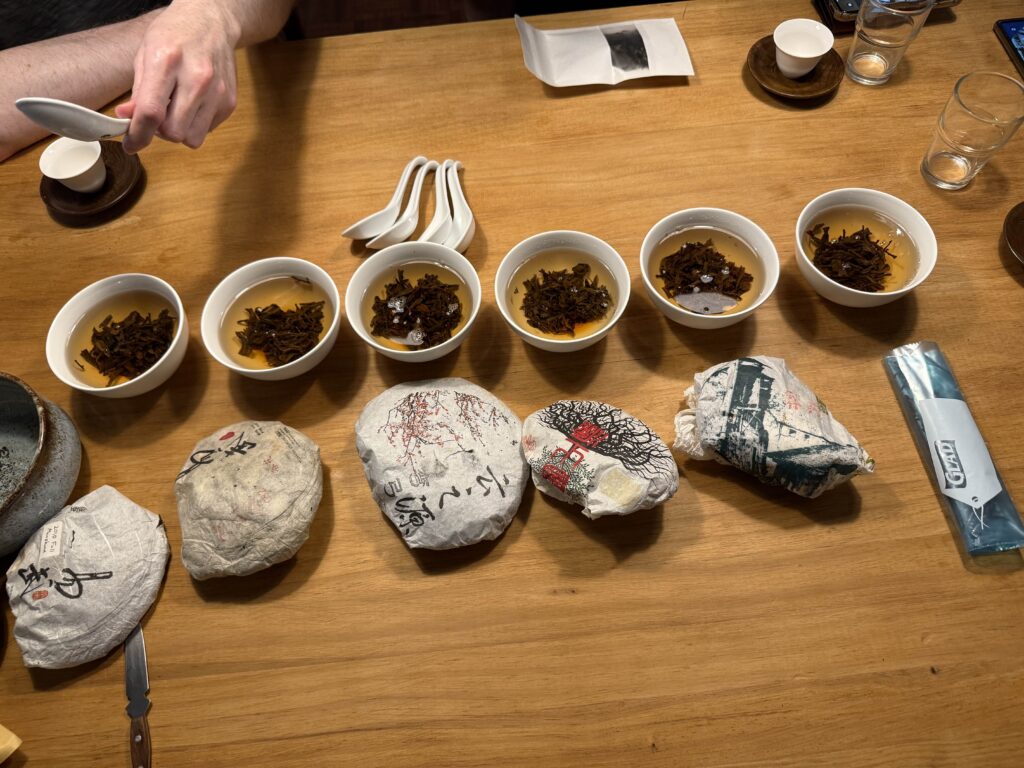
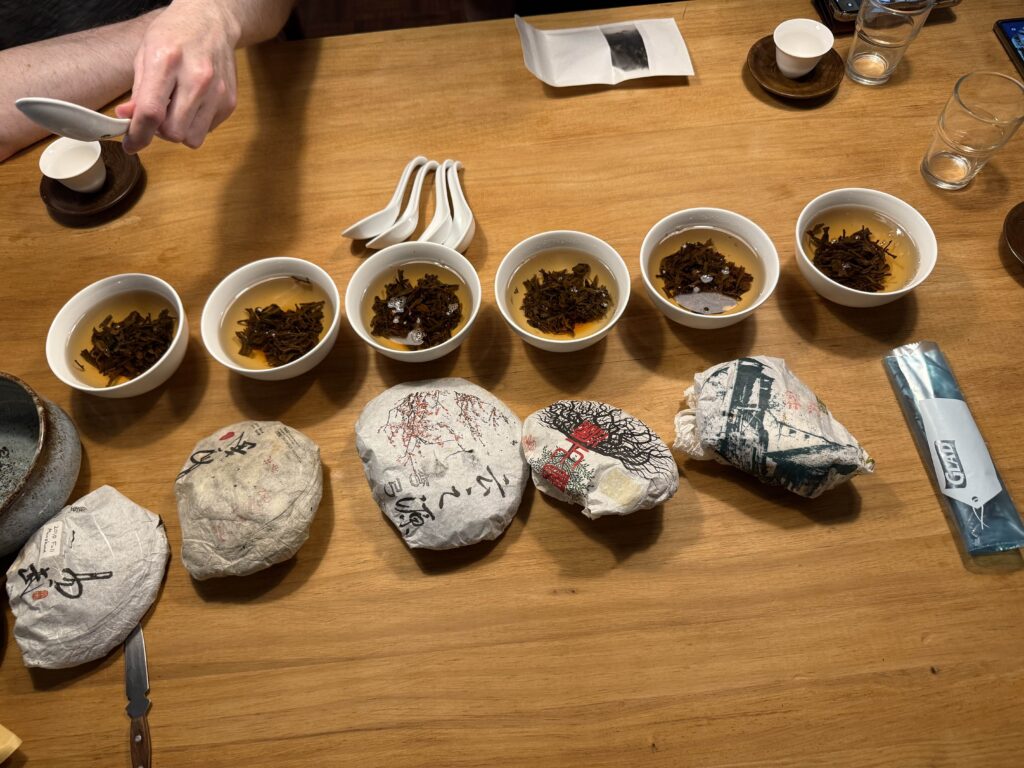


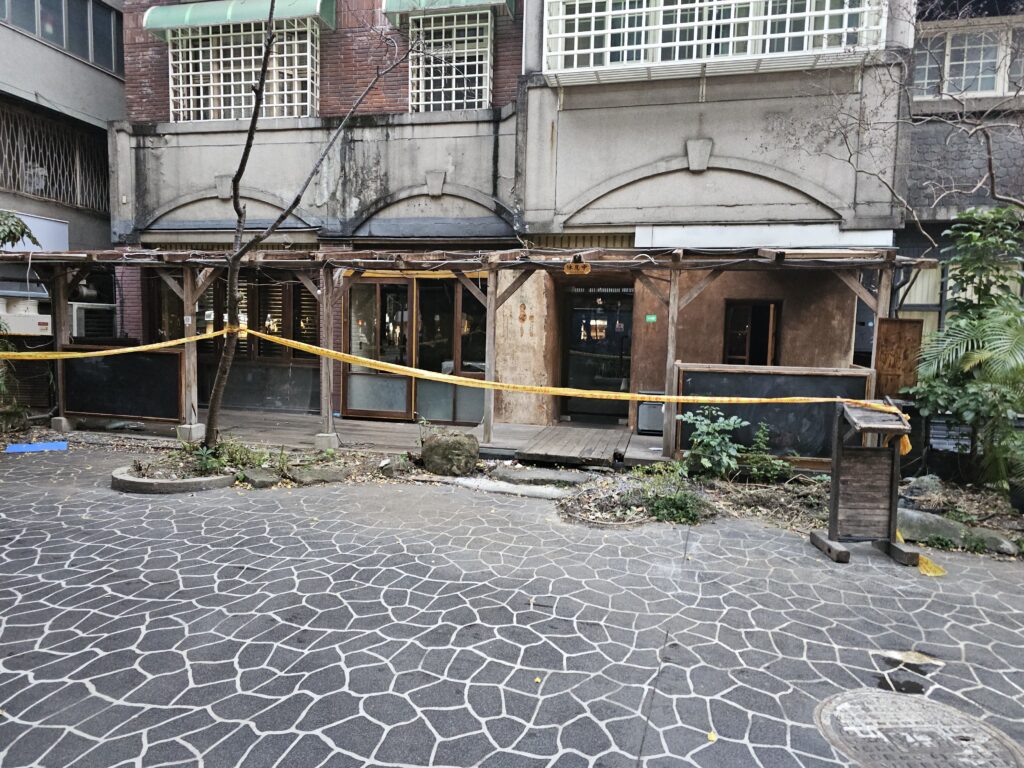
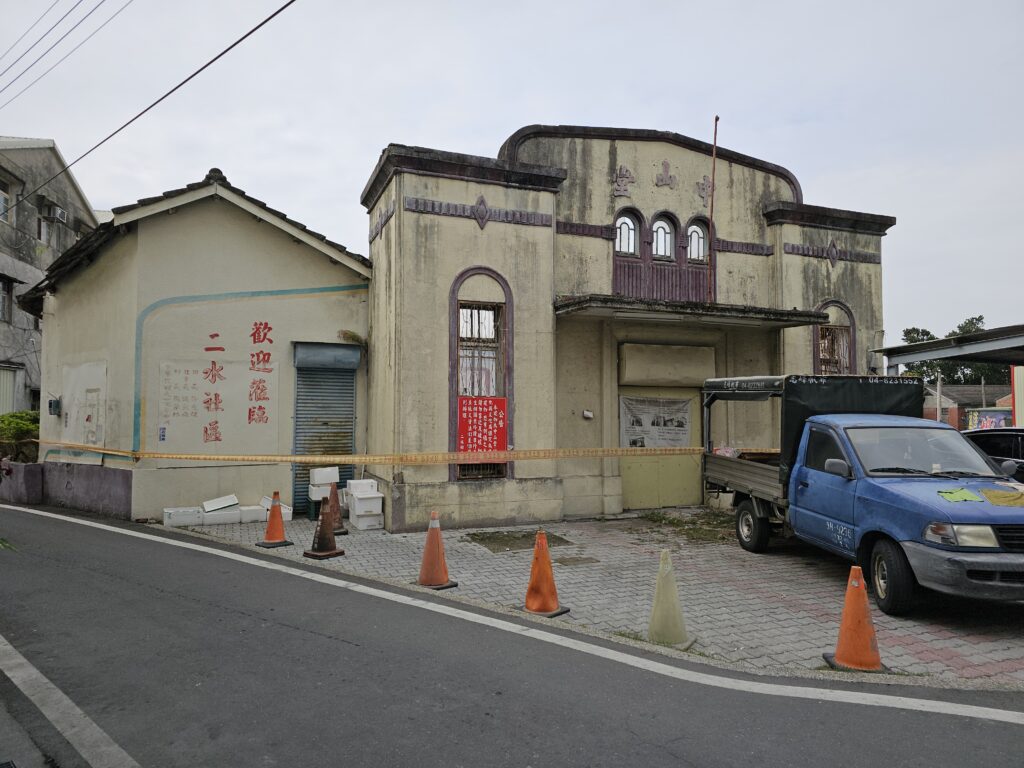
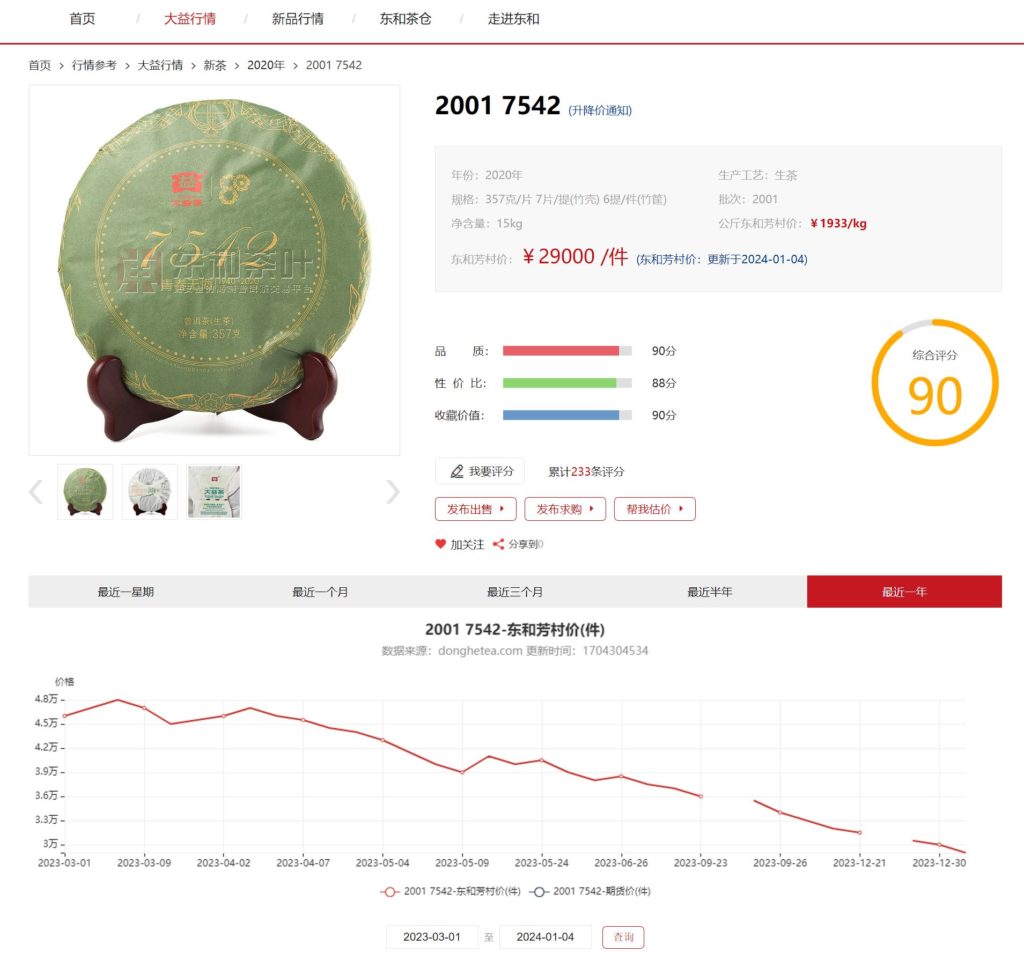
 RSS - Posts
RSS - Posts
I took you at your suggestion and have been reading some of your old post-Covid posts. I haven’t been to…